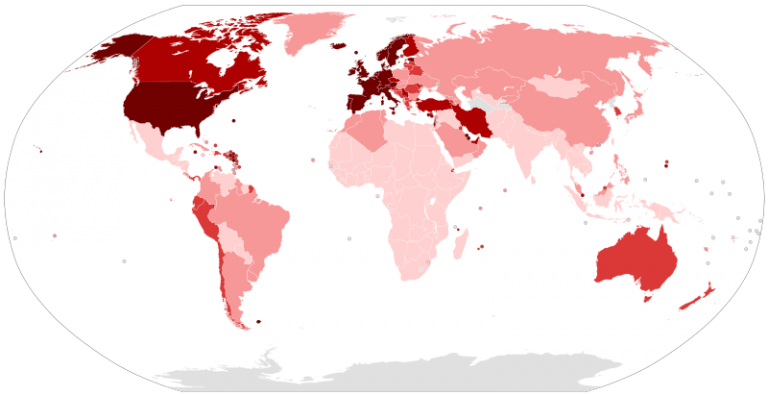Published on April 21, 2020

The pandemic is redefining our relationship with space. Not outer space, but physical space. Hot spots, distance, spread, scale, proximity. In a word: geography. Suddenly, we can’t stop thinking about where.
Over the past few centuries, new technologies in transportation and communication made geography feel less critical. The advent of railway and refrigerated train cars in the 19th century, for example, had the effect of blurring distances and differences between locations. “Places lost their particularity and became functional abstractions,” wrote William Cronon in his 1992 book, Nature’s Metropolis. The telegraph, telephone, radio, and television each served to push location and distance further and further to the periphery. Then the internet all but obliterated them. Cyberspace, after all, is everywhere and nowhere.
Jonathan Mayer, professor emeritus of geography and epidemiology at the University of Washington, says the pandemic underscores, with tragic clarity, why where is so fundamental to our experience. “Pathogens don’t transduce into electrical signals and move through the internet. It’s person-to-person spread,” so naturally people want to know which places have the greatest disease burden and transmission rates. They want to know where the ICU shortages are, where the cruise ships are docked, where to buy masks, and where the testing kits are hiding. Our very safety now depends, at least in part, on geography.
Continue reading at Wired.
Originally written by David Wolman for Wired.